Emergency Response
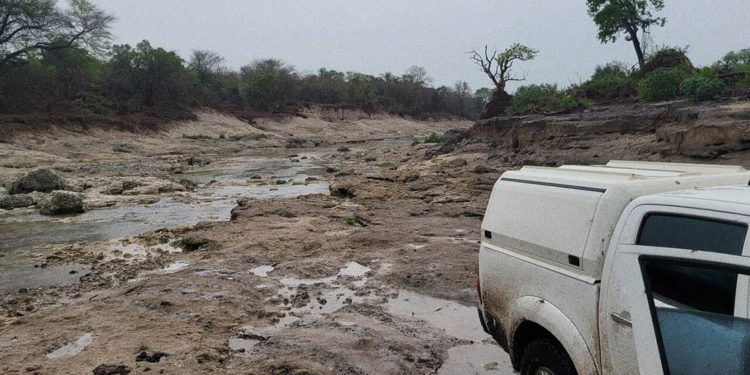
Connecting national park rangers in the world’s most austere locations
With temperatures regularly reaching 122 Fahrenheit, deadly animals roaming the terrain, and the constant threat from armed poachers, the park rangers in southern Africa’s national parks confront hazardous and challenging conditions. They face these dangers to protect something priceless – some of the world’s most endangered and vulnerable species. African
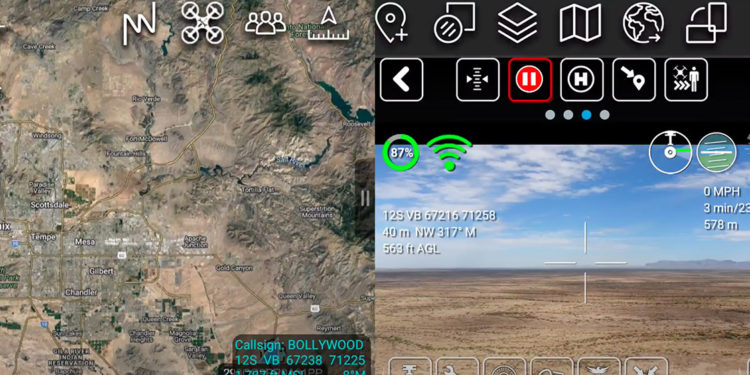
Unlocking drone potential: How mobile mesh networking enhances tactical operations for public safety and military operators
goTenna recently conducted another test of its goTenna Pro X2 mobile mesh networking solution in a rural and remote part of Arizona. Terrain features included arid desert, mountainous plateaus, and dense pine forests. In their demonstration, the goTenna team pushed the boundaries of mobile mesh networking connectivity by showcasing the
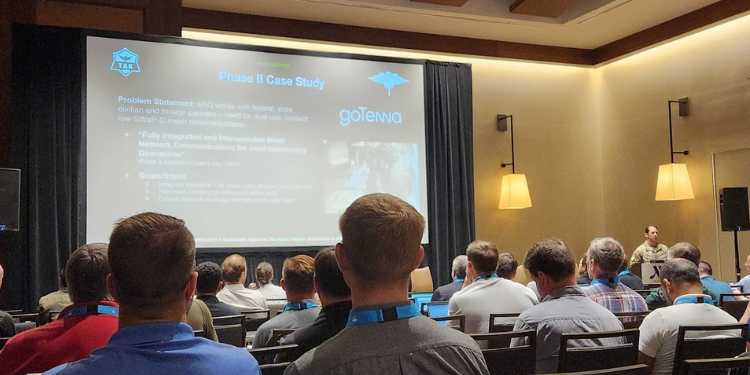
4 Takeaways from an interoperability TAK demonstration presented at the TAK 2023 Conference
In August of this year, industry, defense, and public safety officials from the United States met at the annual Team Awareness Kit (TAK) offsite held in Raleigh, North Carolina. This incredibly technical and comprehensive event encompassed over 30 sessions, including keynote speakers, program briefings, panels, and technical tracks. These sessions
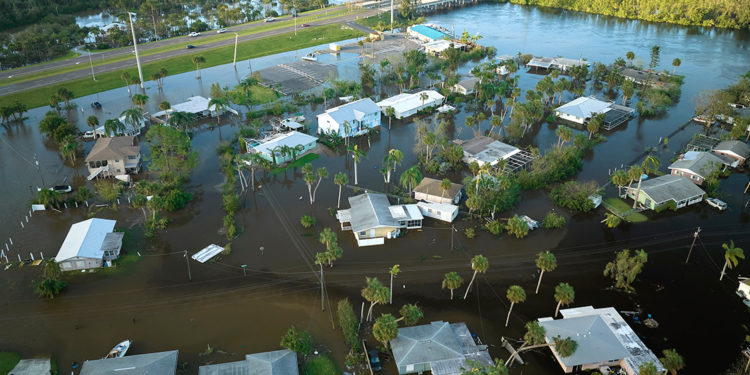
Connecting emergency response organizations in an intensifying hurricane season
Late last month, Hurricane Idalia ripped through the Gulf Coast of Florida, causing more than an estimated $4B in damages and impacting remote locations of the state where both rescue operations and disaster recovery operations can take longer to execute. This hurricane also tore across an area of Florida –
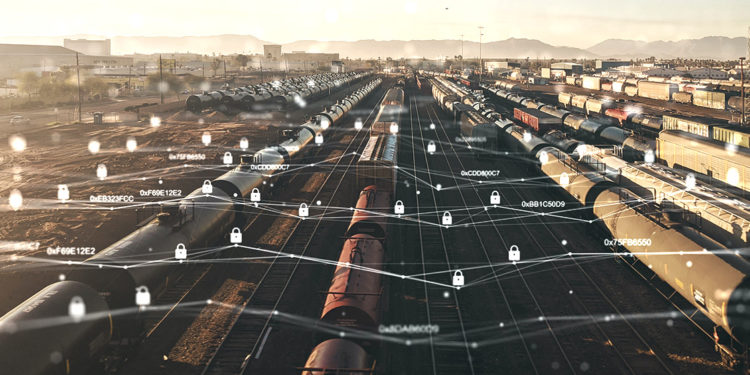
Can mobile mesh networks like goTenna’s be hacked?
In an era of increasing reliance on interconnected critical infrastructure systems, safeguarding power grids, gas pipelines, and transportation networks has never been more vital. These systems are often vulnerable to malware and other malicious hacking methods. Most recently, Dutch researchers from cybersecurity firm Midnight Blue have identified vulnerabilities in the
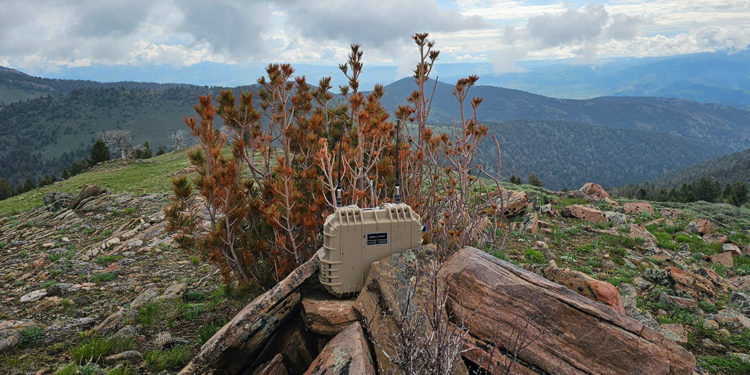
10 spots to set up a mesh network device in advance of a heat wave
According to the World Meteorological Organization, July 2023 was confirmed to be the hottest on record for any month ever recorded. In the face of escalating heat wave records in 2023 and subsequent challenges they pose, emergency personnel, as well as firefighters, have been pushed to their limits. Heat waves
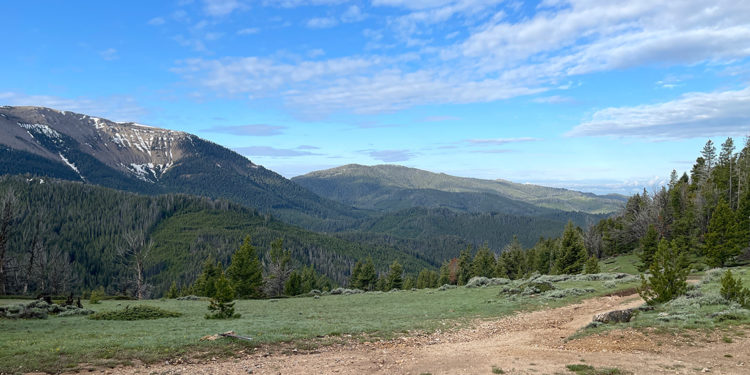
goTenna and Urban Sky shatter coverage records at Tough Stump Tech Rodeo
In June of this year, the goTenna team had the privilege to participate in another Tough Stump Tech Rodeo, an off-grid communications field test hosted by Tough Stump Technologies. This yearly collaborative event provides an opportunity for technology vendors and equipment manufacturers to showcase their products and also work together
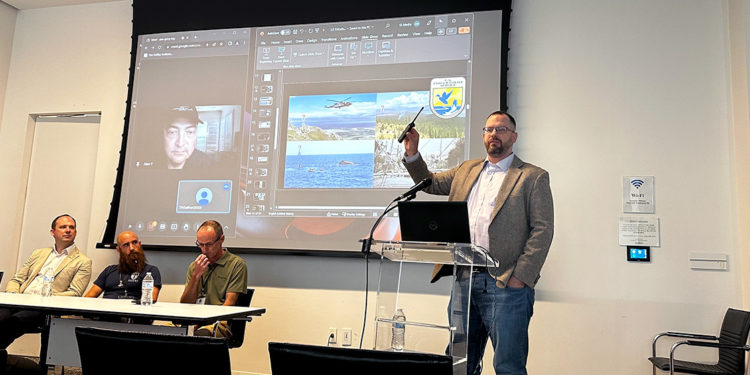
TAKathon 2023 shows that TAK is the best solution for state and local organizations
goTenna recently joined an exclusive list of respected technology companies as sponsors for the 2023 TAKathon Public Sector event that took place earlier this July. During this exciting event, leaders from the U.S. Department of Defense (DoD), law enforcement organizations, public safety, and emergency response organizations came together with leading
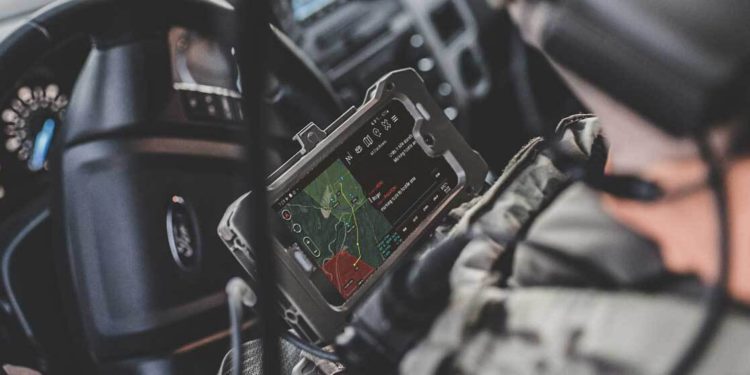
TAKathon 2023 – three trends set to dominate discussion
Later this week, goTenna will be joining an incredible list of respected technology companies and partners as sponsors for the 2023 TAKathon Public Sector event. This three-day, action-packed event will bring together senior leaders from the U.S. military, law enforcement organizations, public safety and emergency response organizations, and leading technology
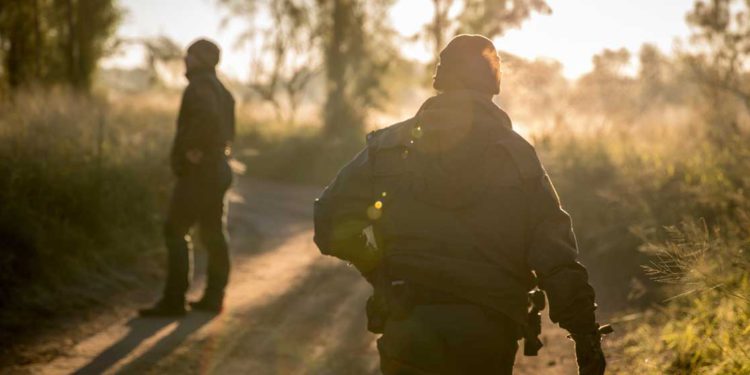
3 topics dominating discussion at the 2023 Border Security Expo
Earlier this month, I had the opportunity to attend the 2023 Border Security Expo, which brings together senior law enforcement leaders and experts with the private industry partners that help them defend our nation. This year’s event was strategically held in El Paso, Texas, the home of the Joint Task



